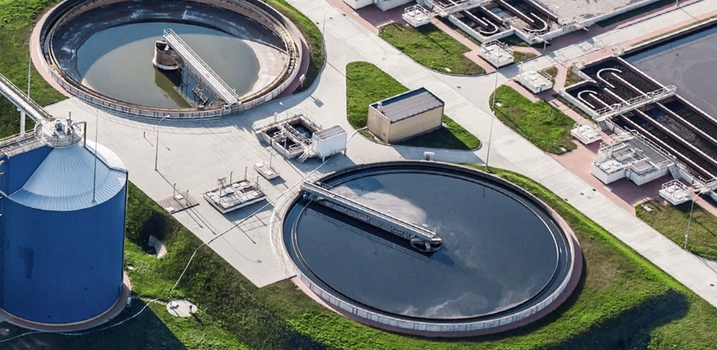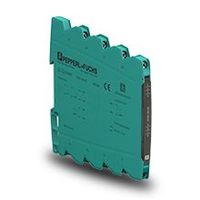Monitoring and Controlling the Second Mechanical Cleaning Stage in Wastewater Treatment Plants

Application
The sand trap is the second stage of the mechanical cleaning process in wastewater treatment plants and is used to remove fine solids such as sand, stones, and glass fragments as well as oil and fat from wastewater. There are two different methods available. In an unventilated sand trap, sand and other particles collect as the flow speed of the wastewater is reduced, and can then be siphoned off the bottom. Flammable oil and fat remain in the basin. In a ventilated sand trap, air is blown into the basin from below, causing matter to sink and collect on the bottom. Sand pumps mounted on a mobile scraper bridge are used to siphon the sediment particles from the drain or from a funnel on the bottom of the sand trap. By contrast, oil and fat are deposited on the surface and are removed by an oscillating surface scraper equipped with a suction device. Since fat accumulates on microorganisms and inhibits their metabolism (biological decomposition), fat must be removed before the biological stage of the process. The fat is then treated again in a digestion tower.
Goal
This cleaning stage requires multiple functions to be performed: The end position of the scraper bridge must be detected with precision and reliability so that the direction of movement is switched at the right moment. This prevents the scraper drive from being damaged. At the same time, the rotational speed of the pumps must be monitored so that any blockages caused by foreign objects can be detected. This means that any disruptions can be detected quickly and enables countermeasures to be initiated— for example, the system can be changed over to replacement pumps and the maintenance team can be alerted. The limit level of the deposited sand and other solids on the bottom of the sand trap basin is measured. For energyefficiency purposes, the sand pumps can be switched on only when they are needed.
Solution

The SC-System is ideal for plant upgrades and installation in tight spaces between cable ducts.
The position of the scraper is determined and reported using discrete sensors operating in conjunction with switch amplifiers. The rotational speed of the sand pumps is monitored using discrete sensors operating in conjunction with frequency converters. The level measurement for the deposited sand is transmitted to the control panel using the transmitter power supply. Depending on the conditions at the plant, the modules are used as isolated barriers from the K-System or as signal conditioners from the K- and SC-Systems.
Benefits
The K-System portfolio offers interface modules for all signals and applications, ranging from simple isolators to highly functional modules. The Power Rail provides the devices with supply voltage and offers the option of a collective error message. The Power Rail consists of a DIN rail with an insert. The DIN rail installation makes it easy to plug in the modules, reducing wiring costs. The K-System has numerous global approvals, including up to SIL 3 for all signal types. At only 6 mm wide, SC-System modules for analog and digital measuring signals offer a state-of-the-art circuit design with minimal power dissipation. With its compact housing, the SC-System is ideal for plant upgrades and installation in tight spaces between cable ducts.
At a Glance
- The sand trap is the second cleaning stage of the mechanical waste water cleaning process. Depending on the design type, this system component can be operated as either a hazardous or non-hazardous area.
- The end position of the fat scraper is signaled by switch amplifiers operating in conjunction with discrete sensors for the purpose of controlling the direction of movement of the scraper.
- The rotational speed of the pump drive is reported to the control panel by frequency converters operating in conjunction with discrete sensors.
- Transmitter power supplies transmit the measurement for the level of sand in the settling channel.








 +65 6779 9091
+65 6779 9091